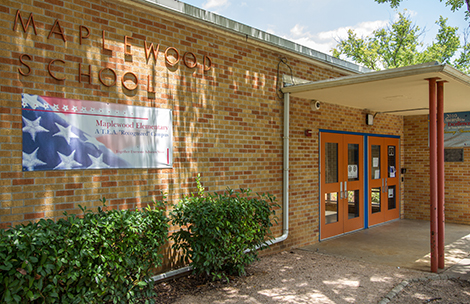School board wrestles with large STAAR achievement gaps
Wednesday, November 22, 2017 by
Joseph Caterine Like one wrong note disturbing the harmony of a symphony, one faulty academic indicator can throw off a school district’s sense of which of its schools need the most attention. Some trustees on the Austin Independent School District board voiced skepticism at a Nov. 13 work session that using the evaluation of gaps in STAAR scores by school was helpful in closing the larger achievement gaps district-wide.
At the meeting, district leadership shared data on this year’s achievement gaps with the board on both a general and campus-specific level. Overall, there were significant gaps in both STAAR reading and math scores based on student race, economic status, and whether or not they were in special education courses. The district had some success in reducing these gaps from the previous school year, with the most successful being in the category of special education students versus non-special education students, which dropped from 45 to 35 percent in reading and 39 to 30 percent in math.
However, at the granular level of gaps by each school, it appears as though schools usually tagged as higher performing were actually the ones in need. Austin, Anderson and McCallum high schools all had large gaps, whereas Eastside Memorial, LBJ and Reagan had virtually none. Trustee Jayme Mathias hypothesized that this flip-flop in expectations resulted from high-achieving students actually creating wider gaps through their success.
Edmund Oropez, the district’s chief officer of teaching and learning, admitted that staff had been grappling with how to interpret those readings and how to respond to them.
“I wish that the inequity of the achievement gap existed more in East Austin,” Mathias said, “because it would tell us that we’re attracting high-level students.”
Trustee Edmund Gordon agreed that measuring gaps at the campus level was less useful than at a macro level. The one exception, he said, was when a school had a diverse student population. In those cases, the gap analysis can demonstrate just how much certain demographics are falling behind.
“At Maplewood (Elementary School), the level of African-American achievement is lower than any other school in District 1,” Gordon said.
As part of the district’s African-American Achievement Plan, prompted by a Texas Civil Rights Project 2012 report exposing inequity across AISD, every staff member at Maplewood is assigned to an African-American student to act as a mentor and to conduct weekly check-ins. African-Americans make up 18.7 percent of Maplewood’s student body.
According to the district-wide 2017 STAAR data, the gap between African-American students and white students was wider than any other demographic comparison. Thirty-one percent of African-American students met grade-level postsecondary standards in reading versus 80 percent of white students who did, and 29 percent versus 72 percent met standards in math. Associate Superintendent Gilbert Hicks said that the district was ramping up its investment in the African-American Achievement Plan this year, and he was optimistic about its prospects.
Trustee Yasmin Wagner challenged Hicks’ perspective, both on the achievement plan and closing the test gaps in general. If current strategies weren’t meeting the district’s goals, then maybe a more fundamental change was needed, she wondered. Hicks said that the failure was not with the strategies but with how they were implemented.
Gordon, who had pushed for the achievement plan, said that he still thought it could go further than primarily focusing on educating faculty about implicit racial bias. “Our (achievement) gaps are deplorable,” he said. “I don’t think we can hide any longer from that fact.”
Photo courtesy of Austin Independent School District.
The Austin Monitor’s work is made possible by donations from the community. Though our reporting covers donors from time to time, we are careful to keep business and editorial efforts separate while maintaining transparency. A complete list of donors is available here, and our code of ethics is explained here.
You're a community leader
And we’re honored you look to us for serious, in-depth news. You know a strong community needs local and dedicated watchdog reporting. We’re here for you and that won’t change. Now will you take the powerful next step and support our nonprofit news organization?



